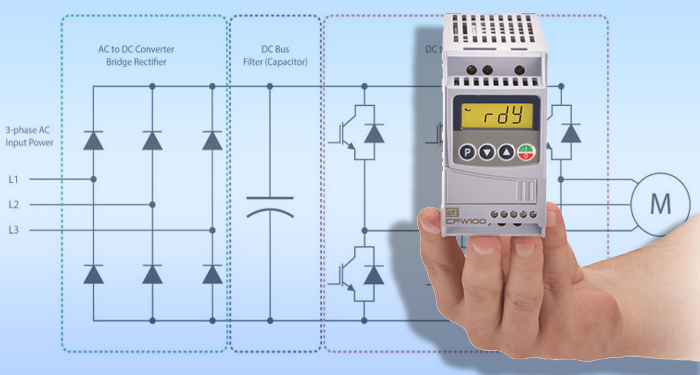
Technology 101: What is a variable frequency drive?
By AutomationDirect Library Blog
Features AutomationDirect blog post definitions variable frequency drive VFD Different VFDs have the same basic functionality but are differentiated by performance and advanced features.
Different VFDs have the same basic functionality but are differentiated by performance and advanced features. Variable frequency drives are devices for starting, stopping, and varying the speed of AC motors to improve control of equipment control and save energy.
A variable frequency drive (VFD) is an electronic device used to vary the frequency of an AC voltage to adjust the speed of an AC motor. VFDs also provide start and stop control, acceleration and deceleration, and overload protection. Many VFDs are networkable, allowing them to integrate into and provide feedback to a process control system.
Most industrial power systems run on alternating current (AC), generally 3-phase but sometimes 1-phase. Therefore, VFDs must be able to vary the frequency of an AC voltage to adjust the speed of an AC motor. To do this, they take advantage of direct current (DC).
This blog post from the AutomationDirect Library covers why VFDs are used, how they work, the terminology involved, some key features and where they are typically installed.
Print this page